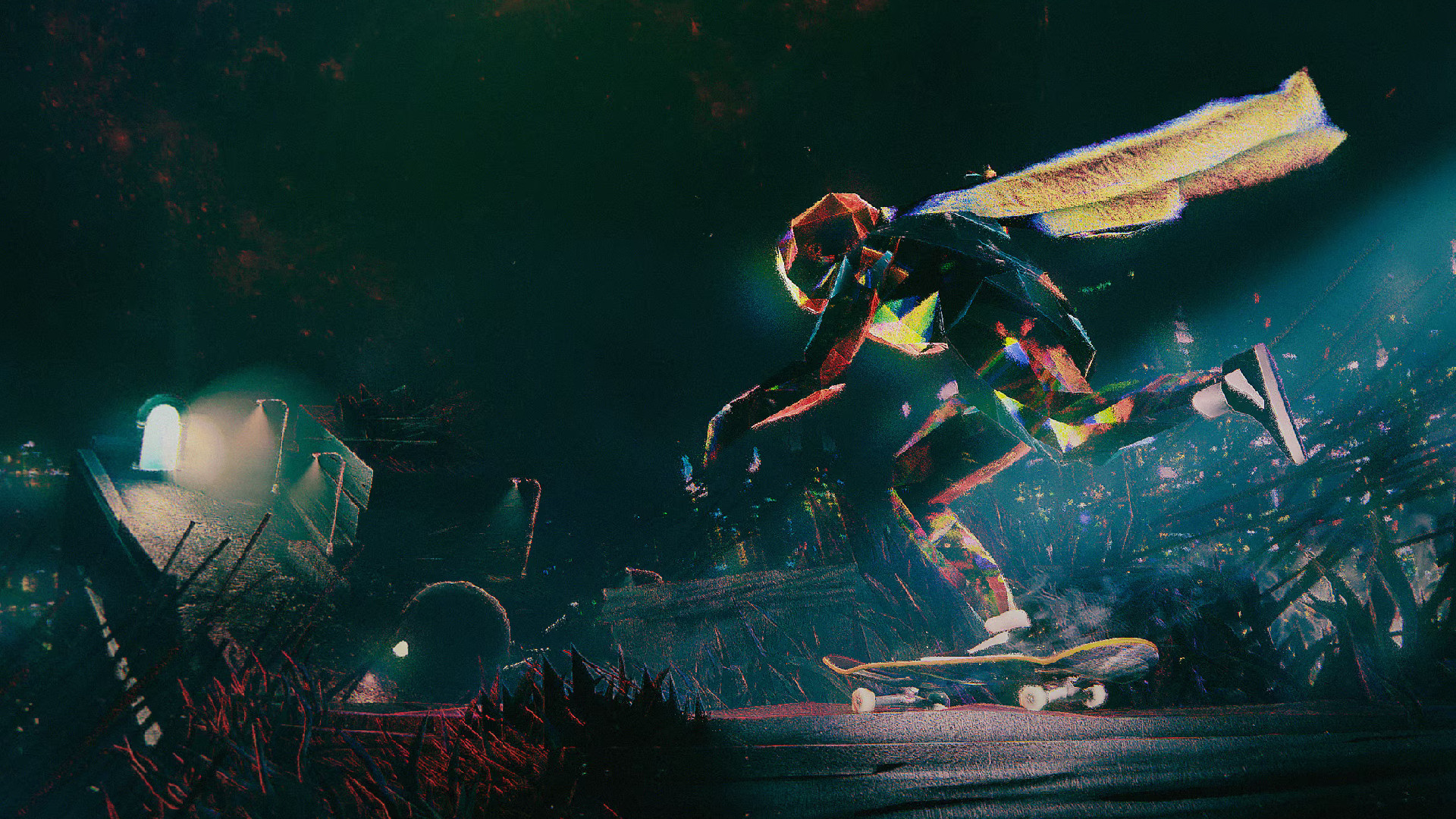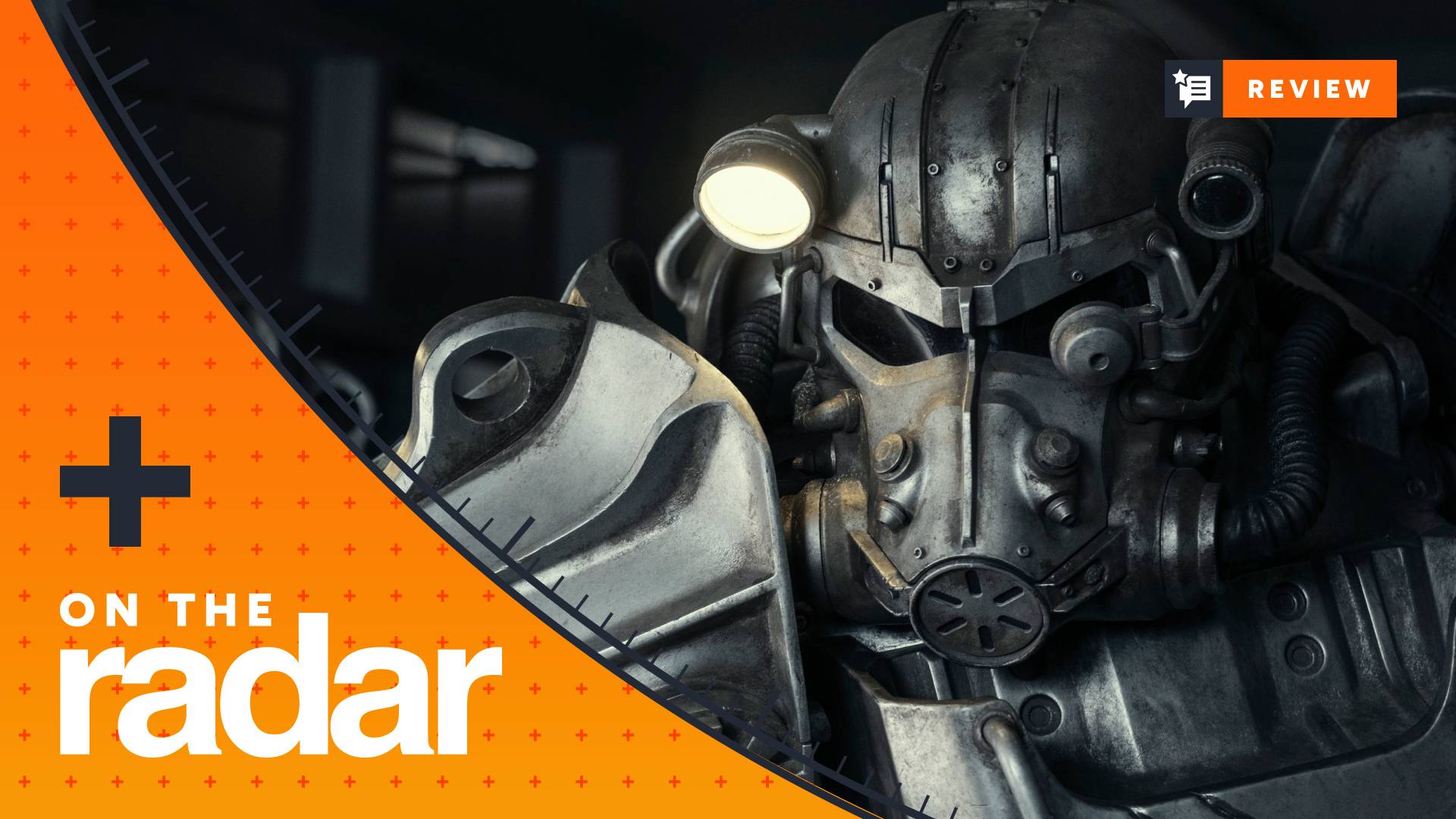GamesRadar+ Verdict
Splatoon 3's campaign struggles between appealing to different players, leaving exhilarating levels interspersed between less enticing hero mode shootouts. However, great movement additions and key quality of life improvements ensure that Nintendo's threequel has flashes of brilliance everywhere.
Pros
- +
Some beautifully creative campaign levels
- +
Added depth for multiplayer traversal and movement
- +
Less barriers to simply enjoying the game
Cons
- -
Campaign can feel inconsistent
- -
Tableturf Battler doesn't quite land
Why you can trust GamesRadar+
Splatoon 3 is a precarious balancing act. It's in the enviable position of trying to retain the approachable nature of Nintendo's typical family-friendly vibe, while punching up the skill ceiling for players that have been with the series for the better part of a decade.
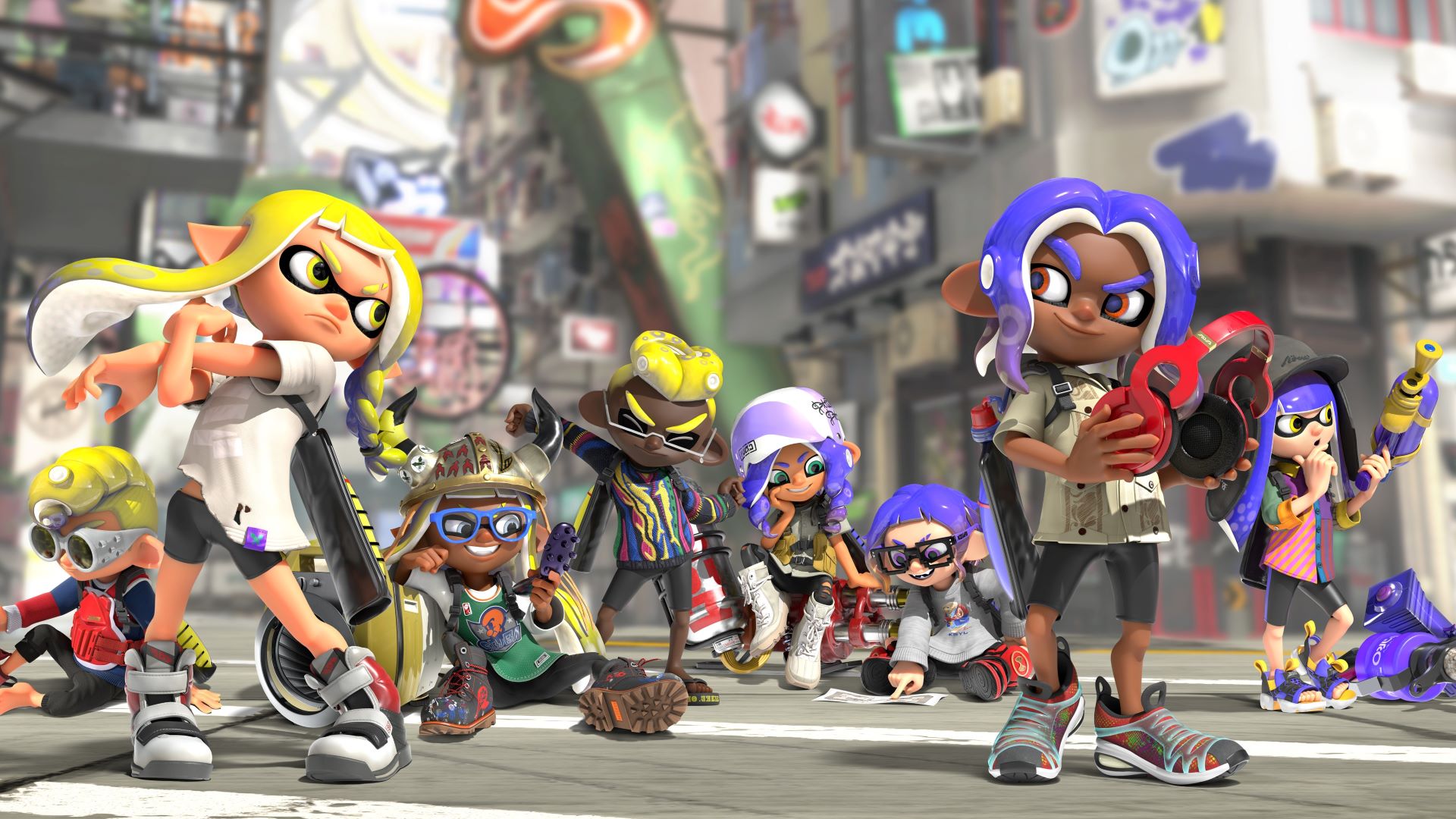
Release date: September 9
Platform(s): Nintendo Switch
Developer/Publisher: Nintendo
The third entry in Nintendo's zany shooter series retains the core aesthetic of splatting colorful ink over a drab arena, backed with a wicked fashion sense. The same wonderful fast-paced shooting meshed with switching between a kid and squid is alive and well in Splatoon 3, but the wider game struggles between appealing to newcomers and veterans alike.
Tug of war
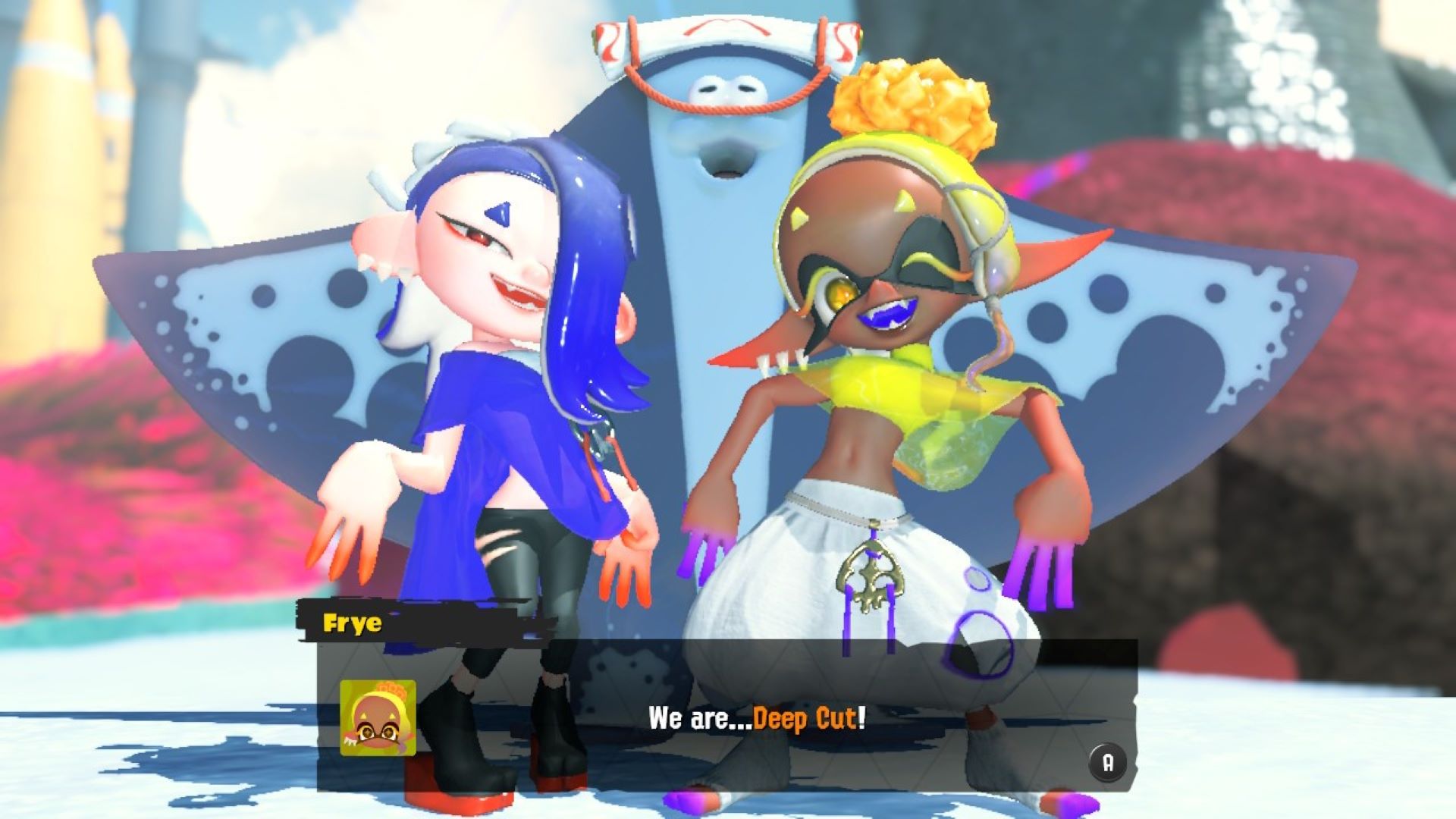
Splatoon 3's campaign is emblematic of the struggle between appealing to as wide a player base as possible, and challenging upper-skill level players. The Splatoon campaigns of yesteryear have typically had us going full hero mode – gunning down hordes of foes with reckless abandon. Splatoon campaigns have always been fun, but they haven't typically been all that challenging.
Enter Splatoon 2: Octo Expansion. The major post-launch DLC bolted on an entire puzzle-based campaign to the core game, challenging skilled players in a variety of incredibly creative arenas and gauntlets. You might have to get from point A to B with limited ink supplies, or bounce around moving platforms with a troupe of enemies gunning for you. The Octo Expansion felt like Nintendo flexing its puzzler muscles in a shooter setting, and the result was something that rivaled Titanfall 2 for sheer creativity.
Splatoon 3's campaign feels like it's caught between the more simplistic offerings of a hero shooter and the genius of Octo Expansion, but doesn't want to settle for either one. With each separate arena comes a toss up of whether you'll be tasked with gunning down waves of brainless enemies, or a dense puzzler requiring quick thinking on the fly. Levels alternate between being brutally difficult and a breeze, and there isn't any overall difficulty curve since the more challenging levels are peppered in amongst the easier counterparts, and nearly any level can be skipped for later.
The Splatoon 3 campaign feels like it's only partly learned the right lessons from Octo Expansion. There's an overriding sense of Splatoon 3 knowing how to create levels requiring careful planning and deft execution that feel satisfying to beat, but this hasn't been applied evenly across the entire experience. The result is a campaign with significant difficulty spikes, and while that definitely feels satisfying and exhilarating at times, it's only ever in small bursts.
Motion in the ocean

Splatoon 3's campaign doesn't succeed at pushing its skill ceiling up, but the multiplayer offerings give players the chance to really bask in the new aspects of play. Slathering ink around a map and diving headlong into it in squid form has always been a thrill, but now there's the added dimension of various flashy movements to pull off while in squid form, layered on top of a moveset the Splatoon series has already established as being perfectly smooth.
Weekly digests, tales from the communities you love, and more
For example, there's an intricate little move that you can pull off while in squid form, where with a flick of the analog stick in a direction combined with the jump button, you'll surge out of the ink in a dazzling flash. This isn't just for show – there's actually periods of brief invulnerability granted in this dash, meaning you can potentially hop out of the ink completely impervious to enemy fire, and return fire with their own ink in the blink of an eye. It's actually fun to sit there and learn button combinations for a new move – one which builds on top of other movement skills without canceling out anything that came before.
Subtle additions like this don't shake up Splatoon 3's core foundation, but instead offer dedicated and skilled players a higher ground to aim for. It's Splatoon 3's way of telling players there's something deeper and more complex going on beneath its shiny surface, and time spent mastering these more advanced movesets will take your game to a whole new level. This all succeeds in adding even more depth to an already-unparalleled movement system, brilliantly building on strong foundations in a way that makes Splatoon 3 feel genuinely fresh and exciting.
Quality of life additions are a surprisingly big focus for Splatoon 3. The threequel has finally introduced a multiplayer lobby area where we can familiarize ourselves with weapons, gadgets, and movement tricks. Another fantastic decision sees the excellent Salmon Run – a PvE horde mode where up to four players fend off waves of small monsters and formidable bosses – become a constant feature, rather than being stuck on a timed rotation. For newcomers, these changes no doubt make Splatoon 3 all the more appealing, and for veterans, it's just a matter of making a great series that much easier to play.
Mixed results

One new venture that doesn't quite work as intended is the card battler, Tableturf Battler. From the outlook, it sounds great. You take turns placing cards on a vertical board to conquer territory, sort of like competitive Tetris in reverse, in an effort to dominate the board like you would in a Turf War match – a competitive mode where teams vie to splay the most turf possible with their colored ink. Tableturf matches more come down to chance rather than strategy though: the one undeniable tactic is to march up the board as quickly as possible and cut your opponent off, so if vertical playing pieces just happen to come up in your hand, you're more or less guaranteed a win.
Outside of movement and quality of life additions, Splatoon 3's got a neat little rotation of maps. Old favorites, like the ever-changing Mahi-Mahi Resort and the vertical Inkblot Art Academy, have thankfully returned from prior Splatoon games, while imaginative new stages like Hagglefish Market and Scorch Gorge keep things fresh. It's a great balance, with existing maps giving a strong backbone to Splatoon 3's multiplayer, while new maps offer even veterans wildly imaginative new areas to explore and master.
Splatoon 3's campaign feels like it's stuck between being a brilliant puzzle shooter and standard action fluff, rather than blending the two together for a seamless and enjoyable experience. Multiplayer and the supporting Salmon Run are as great as they've always been though, now with added bonuses that make them easier to access and enjoy than ever before. Movement additions are a big win for Splatoon 3, and really succeed in adding extra depth to Splatoon's already fabulous traversal systems. There's excellence in Splatoon 3 – it just doesn't quite hold for the campaign.
Splatoon 3 was reviewed on Nintendo Switch, with a code provided by the publisher.
More info
| Genre | Shooter |
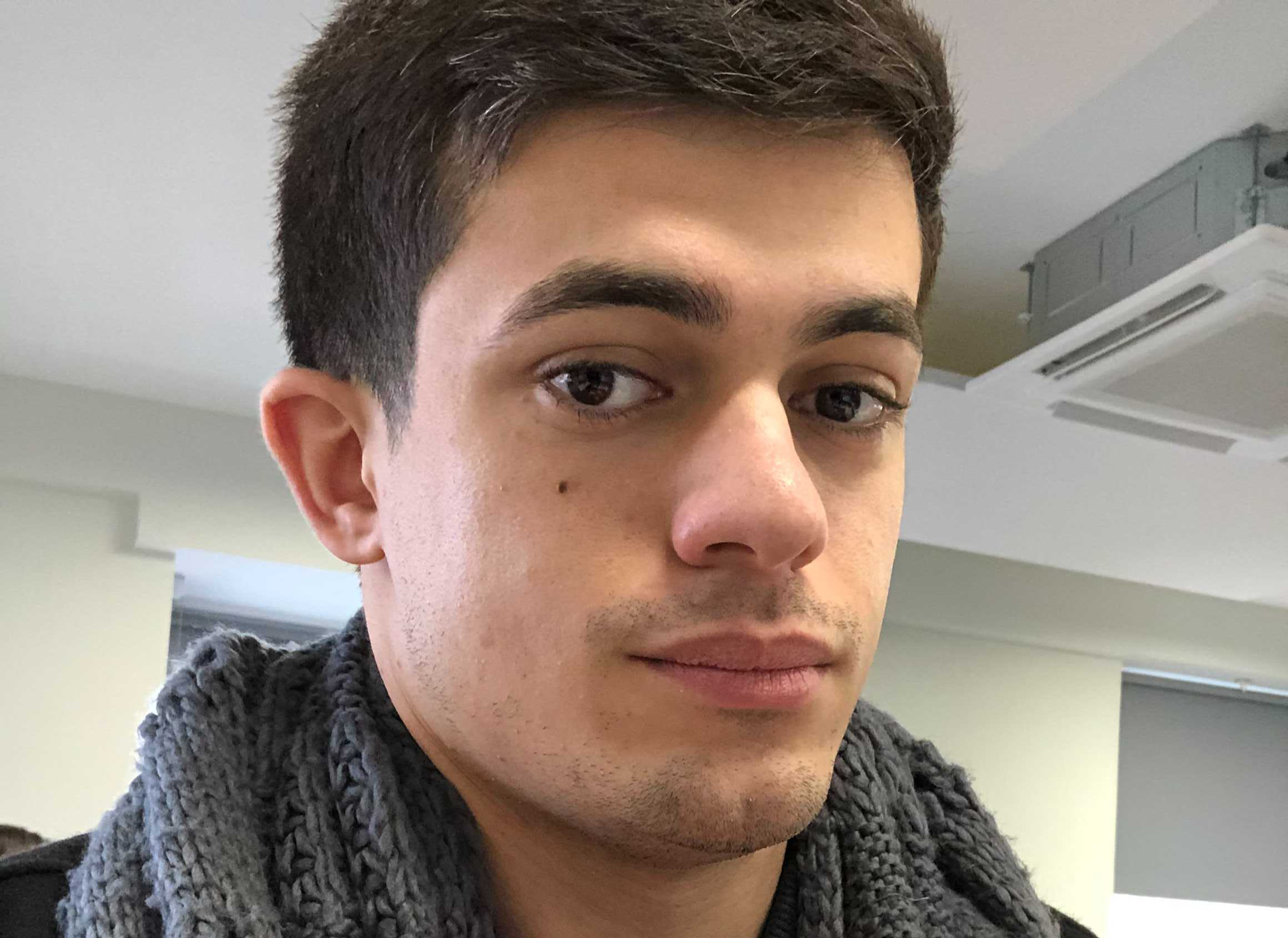
Hirun Cryer is a freelance reporter and writer with Gamesradar+ based out of U.K. After earning a degree in American History specializing in journalism, cinema, literature, and history, he stepped into the games writing world, with a focus on shooters, indie games, and RPGs, and has since been the recipient of the MCV 30 Under 30 award for 2021. In his spare time he freelances with other outlets around the industry, practices Japanese, and enjoys contemporary manga and anime.

